More homeowners are opting for artificial grass as a practical alternative to natural lawns, offering constant greenery without the demanding upkeep. “Artificial turf removes the hassle of watering, mowing, reseeding, aerating and fertilizing,” explains Vincent Vassallo of Fairway Turf & Artificial Grass LLC. “It’s become particularly appealing to time-strapped households, dog owners, and those aiming to reduce both water consumption and landscaping costs.”
Once primarily associated with athletic fields and business complexes, synthetic grass is now enhancing diverse residential areas – including front gardens, pool decks, terrace gardens and apartment balconies. “We’re seeing innovative applications where difficult-to-maintain or underutilized spaces become both attractive and usable,” Vassallo observes.
“Water conservation remains one of synthetic turf’s strongest advantages over natural grass,” emphasizes Melanie Taylor of the Synthetic Turf Council – a crucial consideration for regions facing water restrictions. Below, landscaping professionals outline additional benefits and limitations to consider when evaluating artificial grass for your outdoor space.
What Is Artificial Turf?
Artificial turf is a synthetic surface crafted from polyethylene, polypropylene, or nylon fibers designed to mimic natural grass. “Polyethylene leads in popularity for its soft texture and realistic look, while nylon offers superior durability at the cost of being stiffer and more expensive,” explains Vassallo. “Polypropylene typically serves as thatching or for low-traffic zones.”
Manufacturers can blend these materials based on project requirements and budget considerations. Advanced manufacturing techniques now produce softer yet resilient fibers through specially designed blade shapes and premium resins. “Modern turf has overcome two major drawbacks of earlier versions,” notes Gina Weber of Celebrity Greens. “We’ve significantly reduced the artificial shine and improved color variations to match local grass species across different regions.”
Pros of Artificial Turf Yards
Read on to discover the benefits of an artificial turf lawn, according to experts.
Enhanced Realism in Modern Artificial Turf
Today’s synthetic grass bears little resemblance to the plasticky surfaces of yesteryear. Advanced manufacturing now produces turf with multi-toned blades, textured thatch layers, and a soft underfoot feel that closely mimics natural grass. “The thatch layer – those short, curly fibers beneath the taller blades – replicates real grass’s root structure while helping the surface blades maintain their upright position after use,” explains Vassallo.
Simplified Maintenance Routine
Basic upkeep involves weekly rinsing to remove debris, with occasional deep cleaning using vinegar solutions or enzyme-based cleaners for stubborn spots. “A stiff-bristle brush restores blade position in high-traffic areas, while leaf blowers efficiently clear organic matter,” advises Vassallo. For pet owners, prompt waste removal and enzyme treatments prevent odor buildup, with zeolite-based infills offering additional odor control.
Improved Environmental Profile
Modern turf eliminates lawn chemicals while addressing previous environmental concerns. “PFAS chemicals have been removed from production processes, and sustainable infill options like cork now replace traditional rubber,” notes Weber. The industry has also developed turf recycling programs, converting old surfaces into new products. With outdoor watering accounting for 30% of residential water use (EPA data), turf significantly reduces water consumption.
Longevity and Performance
UV-stabilized materials maintain color for 15-25 years with proper installation and care. “Quality installations typically carry 12-16 year product warranties plus 5 year workmanship guarantees,” shares Vassallo. Advanced drainage systems, including fully permeable backing and specialized panels, ensure quick water dispersal even during heavy rainfall.
Hybrid Landscape Solutions
Many homeowners now blend synthetic and natural elements. “Common approaches include turf play areas with natural ornamental plantings, or artificial pet runs alongside conventional lawns,” describes Weber. While turf doesn’t support local ecosystems like natural grass, strategic planting of pollinator-friendly species can maintain biodiversity. “The ideal balance depends on each family’s lifestyle and maintenance preferences,” concludes Vassallo.
Cons of Artificial Turf Yards
Artificial turf has its perks, but it’s not without drawbacks. Read on to learn about its disadvantages.
Heat Retention Considerations
Unlike natural grass that cools through evapotranspiration, synthetic turf can become warm under direct sunlight. “Surface temperatures do rise significantly during peak heat,” acknowledges Vassallo. Modern solutions include specialized cooling infills like Patriot Fill and Geo Cool, along with lighter-colored turf fibers and occasional water misting to mitigate heat buildup.
Initial Investment vs Long-Term Savings
While artificial turf requires substantial upfront expenditure, it offers considerable savings over time by eliminating water bills, lawn care services, and maintenance equipment costs. Installation prices vary by region and project scope.
“We typically see artificial turf installations ranging from $8-$16 per square foot, compared to natural sod at $1-$2.50 per square yard,” Weber explains. “The break-even point often occurs well within the product’s lifespan, especially when factoring in eliminated irrigation system costs. Most homeowners find the long-term benefits outweigh the initial investment.”
Natural Experience Trade-offs
Artificial turf provides functional advantages but can’t fully replicate organic elements. “We’re not trying to replace nature’s sensory experience,” clarifies Vassallo. “Rather, we’re offering a viable alternative where natural grass proves impractical—whether due to climate challenges, water restrictions, or high-maintenance requirements.” The distinctive scent and texture of living grass remain unique to natural lawns.



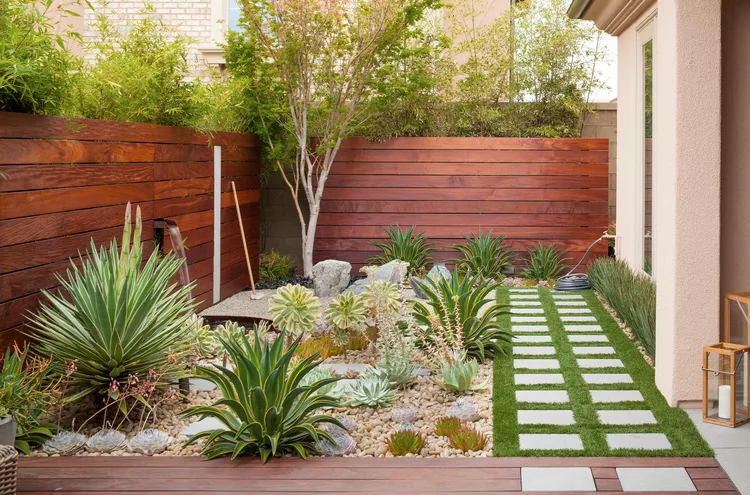
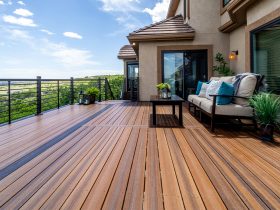





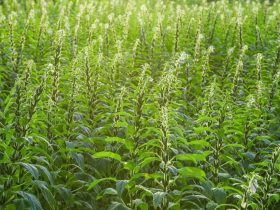
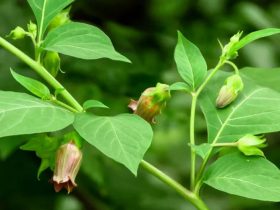
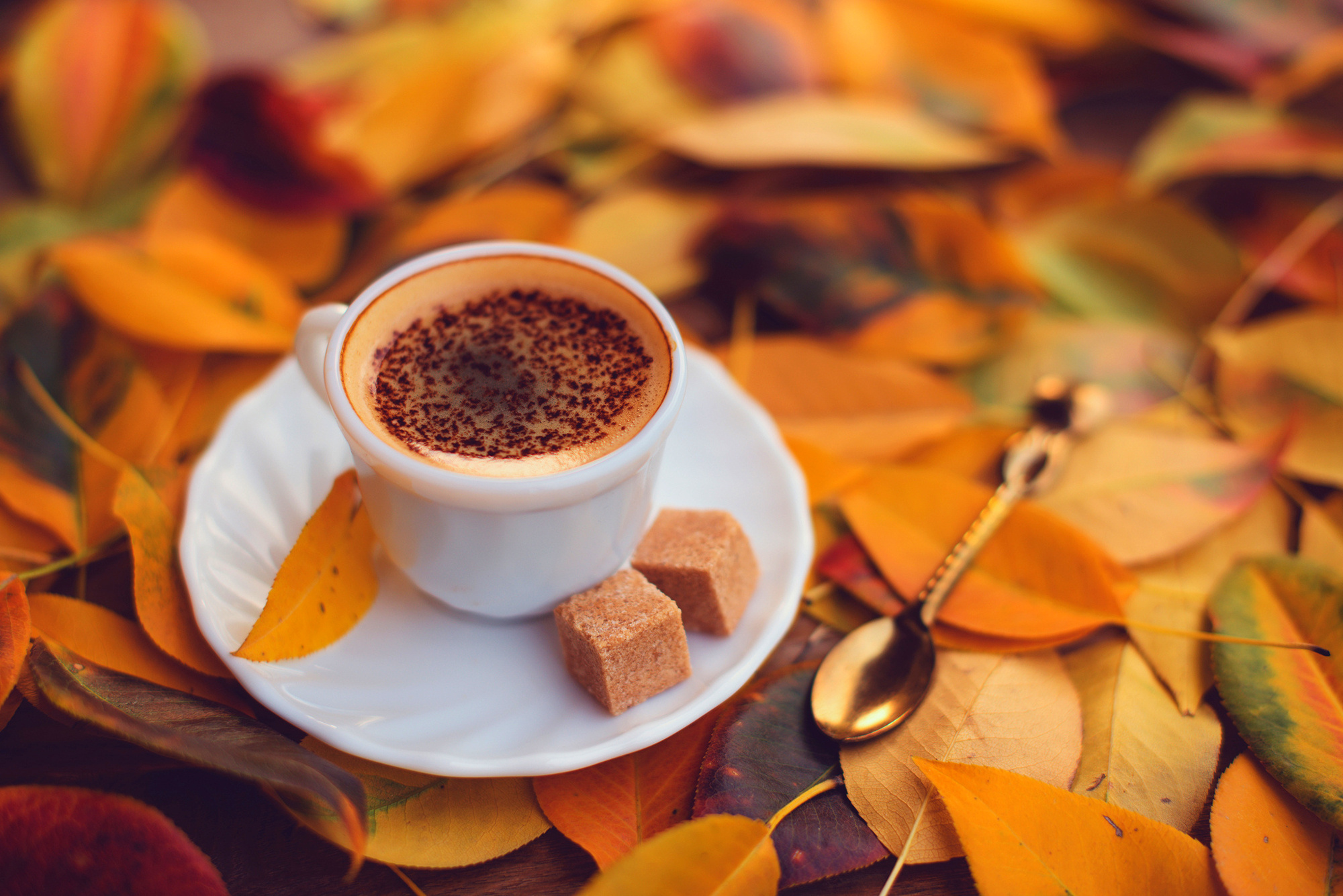
Leave a Reply
View Comments